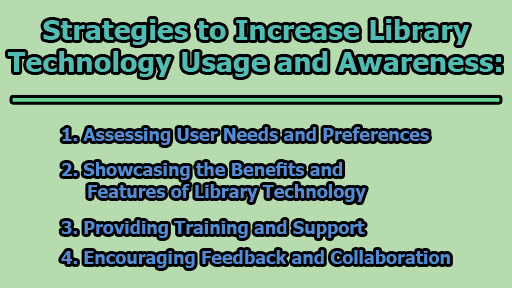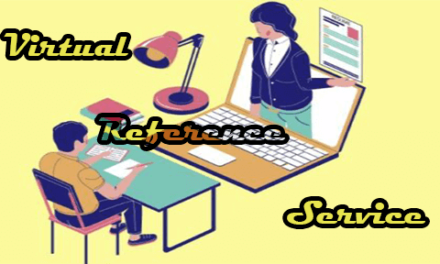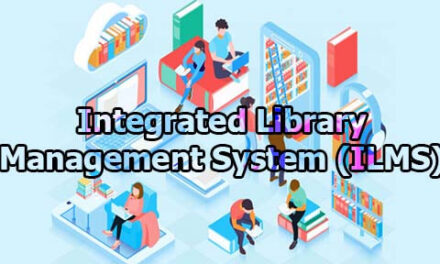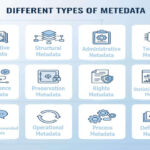Strategies to Increase Library Technology Usage and Awareness:
In today’s digital age, libraries are no longer just about dusty shelves and hushed whispers. They have transformed into vibrant hubs of technological innovation, offering an array of devices, software, apps, and platforms to enhance the learning and research experiences of their users. However, it is crucial to address the issue of limited awareness and usage of these valuable resources. In this article, we will explore some of the strategies to increase library technology usage and awareness.
1. Assessing User Needs and Preferences: Before diving into any technology-related initiatives, it is imperative to understand the specific needs and preferences of library users. This can be achieved through surveys, interviews, focus groups, observations, or by analyzing usage data and feedback. By gaining insights into what technologies users are already using, what they aspire to learn, the challenges they encounter, and their expectations, libraries can tailor their offerings and messages to align with the users’ interests and goals.
2. Showcasing the Benefits and Features of Library Technology: One of the most effective ways to increase library technology usage and awareness is by showcasing the benefits and features of the available technology. Libraries can create visually appealing displays, flyers, posters, brochures, or web pages that highlight how these technologies can aid users in achieving their learning and research objectives. Furthermore, libraries can utilize social media, newsletters, blogs, podcasts, and videos to share success stories, tips, tutorials, and testimonials that illustrate the value and impact of the technology. It is vital to use clear and engaging language, images, and examples that resonate with the library’s user base.
3. Providing Training and Support: In order to empower users to make the most of library technology, it is essential to offer training and support. Libraries can organize workshops, webinars, courses, or drop-in sessions to instruct users on the effective and confident utilization of the available technology. Online resources like guides, manuals, FAQs, and chat services should be made available to answer user questions and troubleshoot issues. It is crucial to design training and support in a way that caters to users with varying skill levels, needs, and learning styles.
4. Encouraging Feedback and Collaboration: To continually enhance library technology and engage users, feedback and collaboration should be encouraged. Users can be invited to share their opinions, suggestions, and experiences through surveys, reviews, ratings, and comments. Creating opportunities for users to collaborate with each other or library staff on projects, challenges, or events that involve technology usage can foster a sense of community and shared learning. It is equally important to acknowledge and respond to user feedback and collaboration, using these insights to improve technology and services.
In conclusion, increasing library technology usage and awareness is vital to ensure that libraries remain relevant and serve the diverse needs of their communities. By assessing user needs and preferences, showcasing the benefits and features of technology, providing training and support, and encouraging feedback and collaboration, libraries can effectively bridge the gap between their offerings and user awareness. In doing so, libraries can better serve their mission to facilitate learning, research, and personal growth in the digital age.

Library Lecturer at Nurul Amin Degree College










